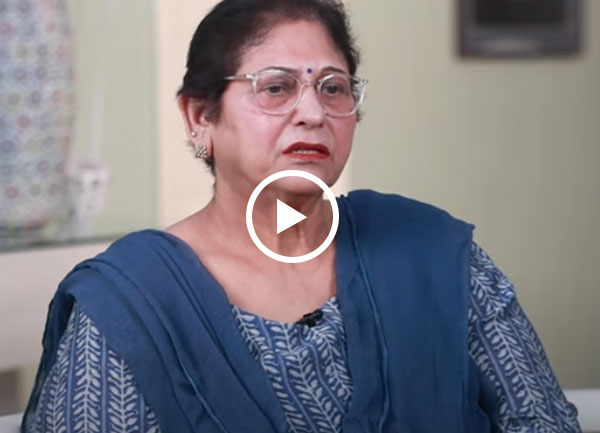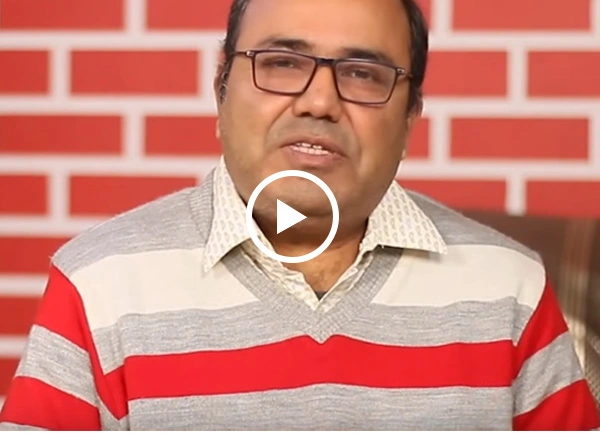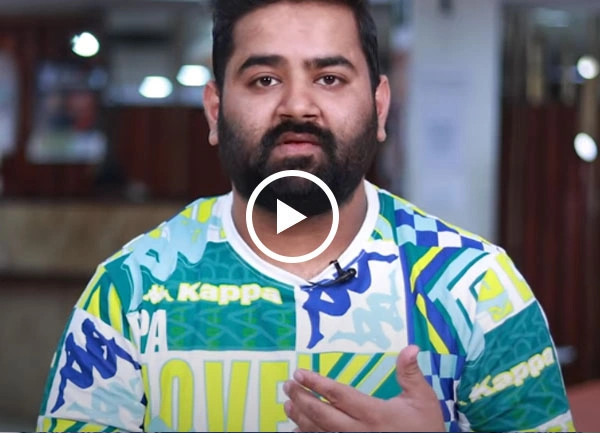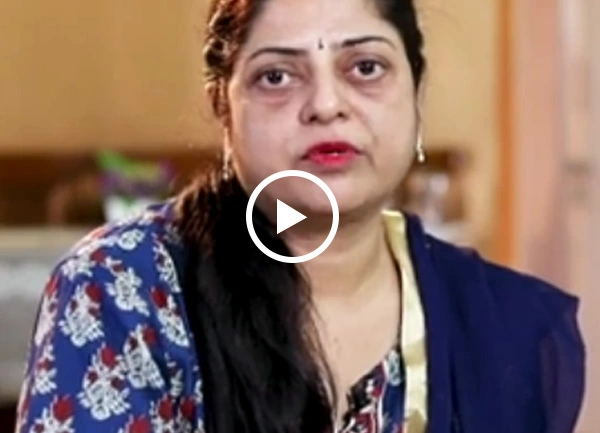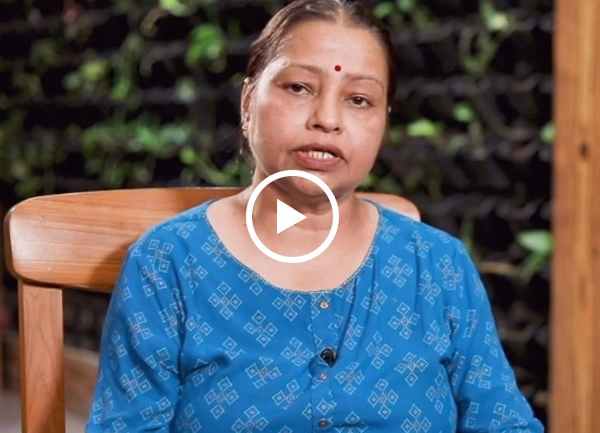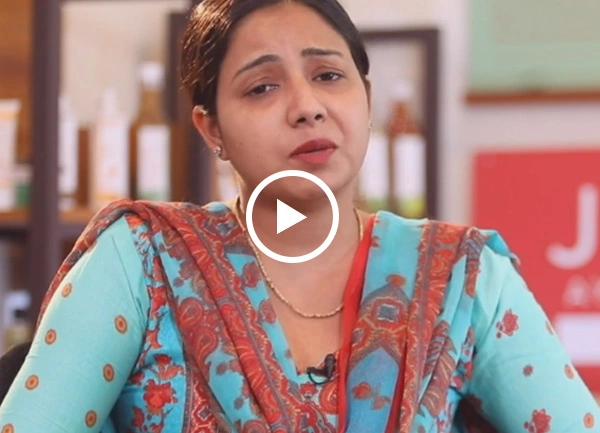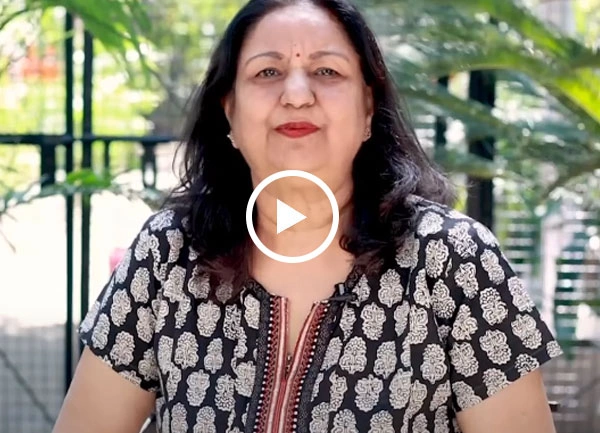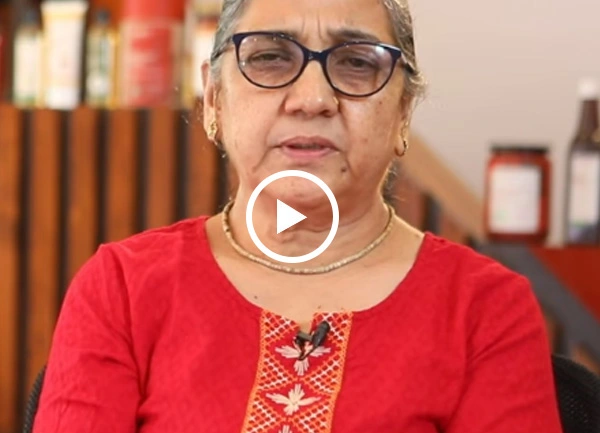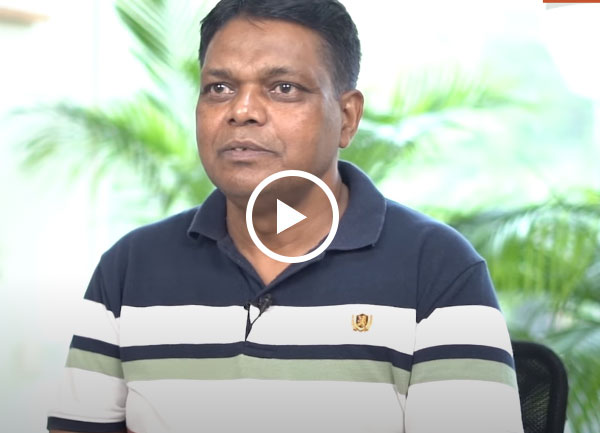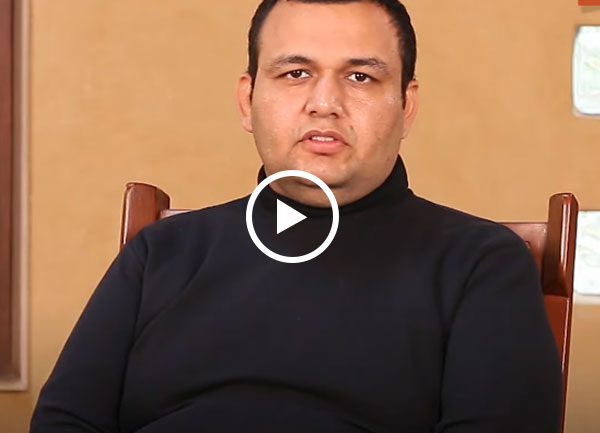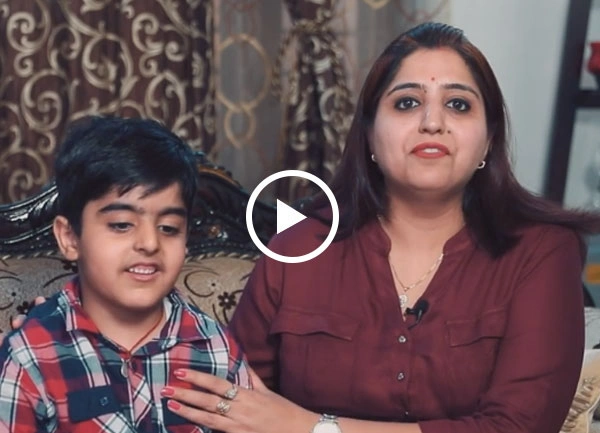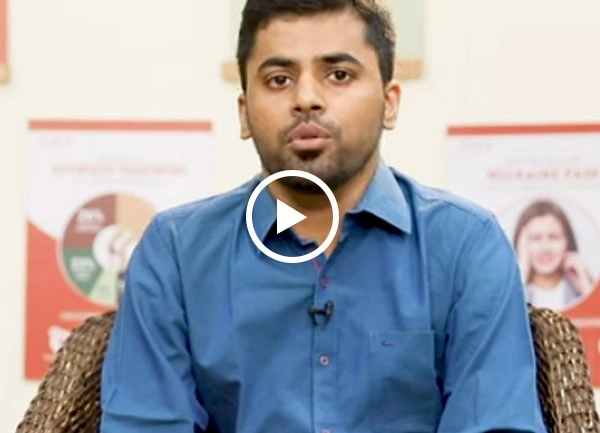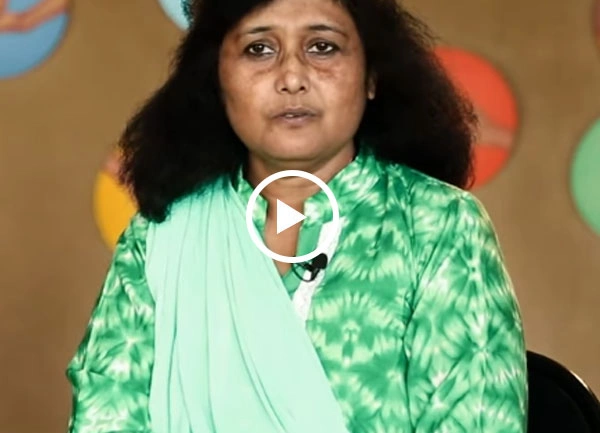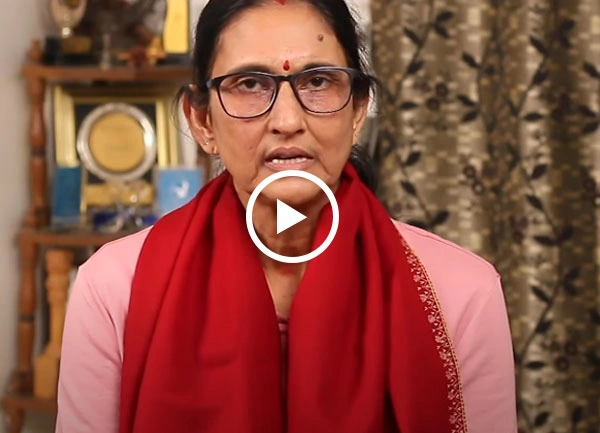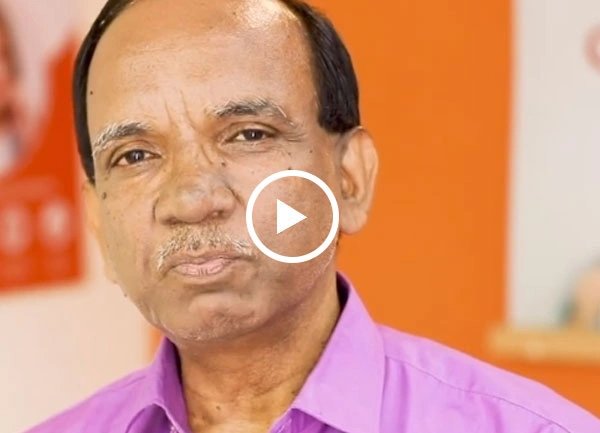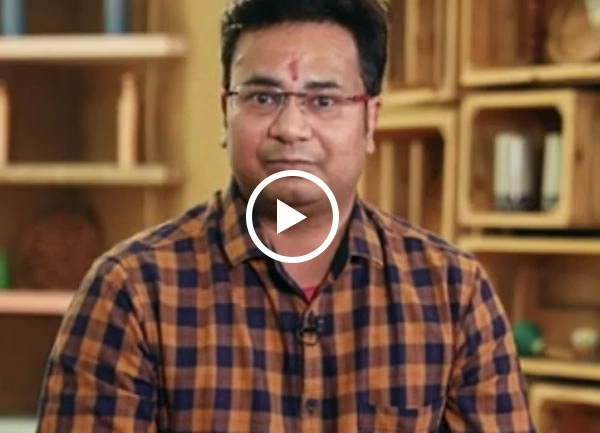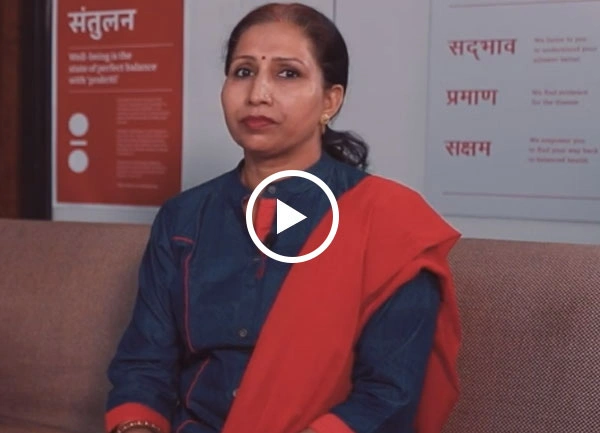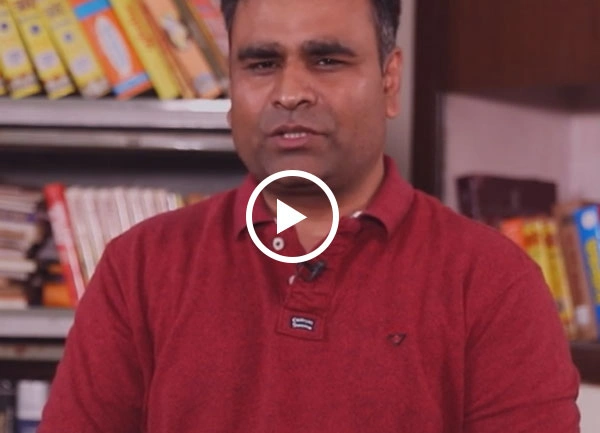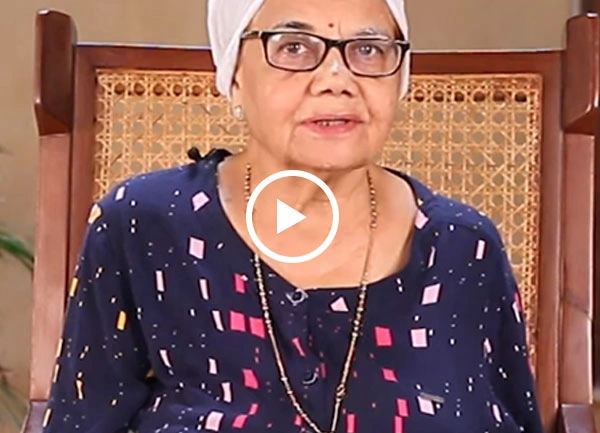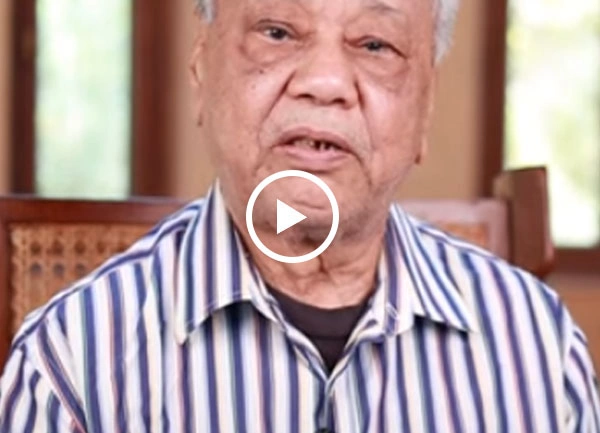

Successful Treatments
Clinics
Doctors
What is Gout?
Gout is a painful metabolic disease resulting in inflammation and the deposition of uric acid in the cartilage of the joints. Gout first affects the big toe, causing it to swell and become very painful. In the next stages, it spreads to the ankles, knees, joints of hands and feet, the wrist, and the elbow.
When the human body breaks down the chemicals called purines, it produces uric acid. Purines are found naturally in our bodies as well as in food. Normally, this acid gets dissolved and excreted in the urine. However, if the body creates excess uric acid or fails to excrete enough of it, uric acid will begin to build up in body tissues. This build-up results in the formation of sharp, needle-like crystals. When they accumulate in the joints or surrounding tissues, they then cause pain, inflammation, and swelling.
Ayurvedic herbal home remedies for uric acid can give you a little relief, but for long-term relief, it is important to get treatment for the underlying root cause.
Types of Gout
Acute Gout: This sudden and acute type of gout usually occurs at night with excruciating pain in a single joint. This kind of pain generally lasts for some hours or days and can be effectively treated with Ayurvedic therapies.
Chronic Gout: This refers to the condition where the uric acid remains high for prolonged periods of time and is associated with the frequent occurrence of gout. Eventually, it leads the joints into gradual joint deformation and impairment.
Tophaceous Gout: This is the advanced form of gout, where uric acid crystals accumulate in the joints, forming lumps called tophi, which further lead to chronic joint pain and stiffness.
Pseudogout: Although similar to gout, pseudogout is caused by the formation of calcium pyrophosphate crystals rather than uric acid. Symptoms are similar, but treatment varies.
Gout Symptoms
Severe joint pain
Typically affects the big toe but can occur in other joints like ankles, knees, elbows, or wrists.
Swelling and redness
The affected joint may swell, become red, and feel warm to the touch.
Limited mobility
Due to pain and inflammation, movement in the affected joint becomes restricted.
Fever
In some cases, people may experience mild fever along with joint pain.
Lingering discomfort
After an acute gout attack, mild joint discomfort may persist for days or weeks.
What Causes Gout?
The reason behind gout is said to be due to the overproduction of uric acid in one’s blood. Normally, the kidneys process and eliminate uric acid. However, when they fail to do so, or the body produces too much uric acid, it crystallises and deposits in the joints.
In Ayurveda, gout is closely associated with Vata dosha aggravation and an imbalance in Kapha, along with the accumulation of Ama (toxins). When these factors combine, they prevent the body’s normal metabolic processes from taking place, bringing about the failure to metabolise purines properly, which results in an increase in the level of uric acid in the body. This leads to the formation of crystal-like substances in the joints, causing inflammation and pain.
Risks & Complications
If gout is not managed properly, it can lead to several risks, which include:
Recurrent Gout: One of the complications of frequent gout attacks is the collateral damage it does to the joints, resulting in chronic pain and limited mobility as well.
Kidney Stones: Radiological examination of such patients revealed that excess uric acid syrups can form muddy crystals in the kidneys, which, as a consequence, bring forth renal calculi.
Joint Damage: Chronic gout results in joint deformities and permanent damage to the joints.
Tophi: Lumps filled with hardened deposits of uric acid crystals may form in soft tissues of the body and can lead to pain and stiffness.
When to See a Doctor?
It is important to see a doctor if:
- You experience sudden, intense joint pain, especially in the big toe or any other joint.
- Joint pain persists for several days, and home remedies don’t provide relief. Swelling, redness, or tenderness in the joint worsens.
- You have repeated gout attacks, or the pain affects multiple joints.
- You have high uric acid levels in the blood and want to manage the condition before it worsens.
Gout Treatment In Ayurveda
Ayurvedic treatment for gout aims to balance the doshas, eliminate toxins (Ama), and improve metabolic function. The approach includes:
Herbal Remedies: Herbs like Guggul, Giloy, and turmeric are administered to soothe inflammations, decrease uric acid concentration, and cleanse the body from toxins.
Dietary Changes: A Vata-pacifying diet, including more of whole grains and vegetables as well as low-purine foods, is encouraged. Hot, sour, and oily foods should be avoided.
Panchakarma Therapies: Therapies like Virechana and Basti are carried out in order to cleanse the body and reduce the levels of uric acid in the bloodstream.
Lifestyle Adjustments: It is recommended to maintain a routine (Dinacharya) that incorporates yoga, meditation, and mild exercise to help improve joints’ mobility.
External Therapies: Abhyanga (oil massage) and Swedana (herbal steam therapy) help relieve joint stiffness, pain, and inflammation.
By addressing the root cause of gout and restoring the body’s natural balance, Ayurvedic treatment offers a holistic approach to managing gout and preventing future attacks.
Jiva’s Evidence-Based Treatment Process
Nadi Pariksha
Starting with Nadi Pariksha, Jiva's certified Ayurvedic doctors use this traditional pulse diagnosis to detect imbalances and assess organ health, which is crucial for diagnosing Gout accurately.
Prakriti Analysis
Understanding your unique physical and psychological patterns allows us to tailor a Gout treatment plan that not only addresses symptoms but also aligns with your inherent constitution for lasting health.
Samprapti Ghatak (Pathogenesis)
Our practitioners investigate the progression of gout by examining dietary habits, lifestyle, and mental health factors. This thorough analysis helps identify specific triggers that need to be addressed for targeted, individualised treatment.
Chikitsa Sutra - Personalised Treatment Plan
We then create a detailed Gout treatment plan, which consists of diet modifications, lifestyle adjustments, herbal medications, and specific therapies that aim to restore dosha balance and enhance joint health.
Continuous Monitoring & Amendments
Continuous tracking of treatment effectiveness allows us to make necessary adjustments, ensuring that you achieve the best results from your personalised and Ayurvedic Treatment for gout with Jiva's ongoing support.
What Our Patients Say
87% of patients rate us excellent in service.
78% of patients saw significant improvement in 3 months of treatment.
92% of patients stopped allopathic medicines completely.
FAQs
Applying a cold compress and elevating the affected joint can provide immediate relief, along with hydration to flush out uric acid.
Yes, a low-purine diet can significantly reduce the risk of gout flare-ups. Avoid red meat, seafood, and alcohol.
Guggul, Giloy, and Turmeric are effective in reducing inflammation and lowering uric acid levels.
If untreated, gout can lead to chronic joint pain and permanent damage, leading to conditions like gouty arthritis.
Genetics can play a role in the development of gout, especially if there is a family history of elevated uric acid levels.
Avoid red meat, organ meats, shellfish, and alcohol as they are high in purines, which can exacerbate gout.
Yes, dehydration can increase uric acid concentration in the blood, triggering a gout attack.
Low-impact exercises like swimming and yoga can help maintain joint flexibility and reduce the risk of flare-ups.
Ayurveda focuses on balancing doshas and detoxifying the body, addressing the root cause of gout rather than just managing symptoms.
While gout cannot be completely cured, Ayurvedic treatment for gout helps manage symptoms, reduce flare-ups, and prevent long-term joint damage effectively.
Top Ayurveda Doctors
Our Happy Patients
Blogs
Home Remedies
Related Disease
- Ayurvedic Treatment for Ankylosing Spondylitis
- Ayurvedic Treatment For Cervical Spondylitis
- Ayurvedic Treatment For Arthritis
- Ayurvedic Treatment for Osteoarthritis
- Ayurvedic treatment for Gout
- Ayurvedic Treatment for Sciatica
- Ayurvedic Treatment for Rheumatoid Arthritis
- Ayurvedic Treatment for Frozen Shoulder
- Ayurvedic Treatment for Deep Vein Thrombosis (DVT)
- Ayurvedic Treatment for Achilles Tendon Disorders
- Ayurvedic Treatment for Rickets
- Ayurvedic Treatment for Ganglion Cyst
- Ayurvedic Treatment for Osteoporosis
- Ayurvedic Treatment for Ulcerative Colitis
- Get Ayurvedic Treatment for AVN Avascular Necrosis
- Get Ayurvedic Treatment For Osteomyelitis
- Cerebral Palsy Treatment in Ayurveda
Latest Blogs
- सर्दियों में बिना प्यास पानी न पीना आपके शरीर को डिहाइड्रेट कर रहा है – जानिए आयुर्वेद की राय
- सीज़नल डिप्रेशन क्या सच में ठंड में होता है? जानिए आयुर्वेद में मूड और मौसम का गहरा रिश्ता
- बच्चों को ठंड में रोज़ नहलाना चाहिए या नहीं? जानिए आयुर्वेद में बच्चों की दिनचर्या के नियम
- घी, गोंद के लड्डू या च्यवनप्राश – सर्दियों में कौन-सी चीज़ वाकई आपकी इम्युनिटी बढ़ाती है?
- हर सुबह गर्म पानी पीने का चलन बढ़ गया है – लेकिन क्या यह सबके लिए सही है?
- ठंड में देसी घी खाना चाहिए या नहीं? जानिए आयुर्वेद के अनुसार कब यह लाभदायक और कब हानिकारक
- सर्दियों में बार-बार भूख लगना नॉर्मल है या पाचन गड़बड़ होने का संकेत? आयुर्वेद क्या कहता है?
- रात को हीटर चला कर सोते हैं? जानिए इससे आपकी त्वचा और सांसों को कितना नुकसान होता है
- सर्दियों में दिनभर सुस्ती छाई रहती है? जानिए इस का आयुर्वेदिक कारण और 3 आसान समाधान
- क्या पिंक सॉल्ट के बिना खाना वाकई हेल्दी है? जानिए आयुर्वेद में नमक का संतुलन क्यों ज़रूरी है
- बार-बार चिंता करना सिर्फ़ मानसिक नहीं, शारीरिक दोषों को भी बढ़ाता है – जानिए समाधान आयुर्वेद में
- काम करते हुए खाना – क्यों नहीं मिलता असली पोषण? जानिए आयुर्वेदिक चेतावनी
- गर्म पानी से सिर धोना – क्यों आयुर्वेद में इसे मना किया गया है? जानिए बालों और मस्तिष्क पर असर
- गर्म और ठंडी चीज़ें एक साथ खाना – जैसे दही के साथ परांठा – आयुर्वेद क्या कहता है?
- बार-बार तला खाना – क्यों बढ़ाता है ‘आम’? जानिए आयुर्वेद से
- रात 12 बजे के बाद सोना – क्या यह आपकी जीवन ऊर्जा (ओजस) को कम कर रहा है?
- सोने से पहले मोबाइल चलाना – नींद ही नहीं, मस्तिष्क को भी करता है प्रभावित
- रोज़ रात को मीठा खाने की आदत – आयुर्वेद में इसे क्यों माना गया है हानिकारक?
- ज्यादा मिर्च और मसालों से स्वाद तो बढ़ता है, लेकिन क्या ये पित्त दोष भी बढ़ाते हैं?
- खाना चबाए बिना निगलना – पाचन के लिए कितना हानिकारक? आयुर्वेद से जानिए
Ayurvedic Doctor In Top Cities
- Ayurvedic Doctors in Bangalore
- Ayurvedic Doctors in Pune
- Ayurvedic Doctors in Delhi
- Ayurvedic Doctors in Hyderabad
- Ayurvedic Doctors in Indore
- Ayurvedic Doctors in Mumbai
- Ayurvedic Doctors in Lucknow
- Ayurvedic Doctors in Kolkata
- Ayurvedic Doctors in Patna
- Ayurvedic Doctors in Vadodara
- Ayurvedic Doctors in Ahmedabad
- Ayurvedic Doctors in Chandigarh
- Ayurvedic Doctors in Gurugaon
- Ayurvedic Doctors in Jaipur
- Ayurvedic Doctors in Kanpur
- Ayurvedic Doctors in Noida
- Ayurvedic Doctors in Ranchi
- Ayurvedic Doctors in Bhopal
- Ayurvedic Doctors in Ludhiana
- Ayurvedic Doctors in Dehradun






















